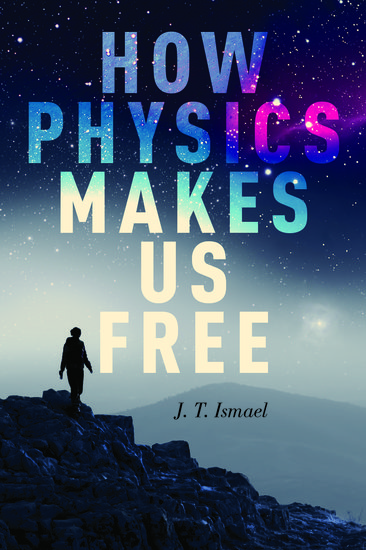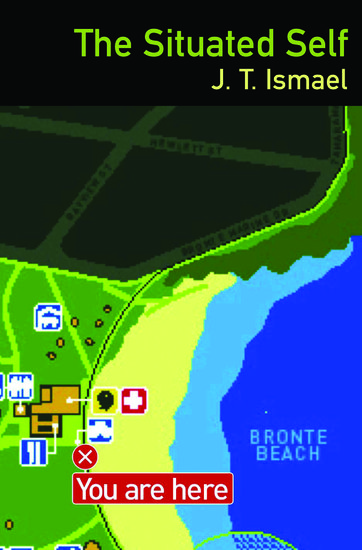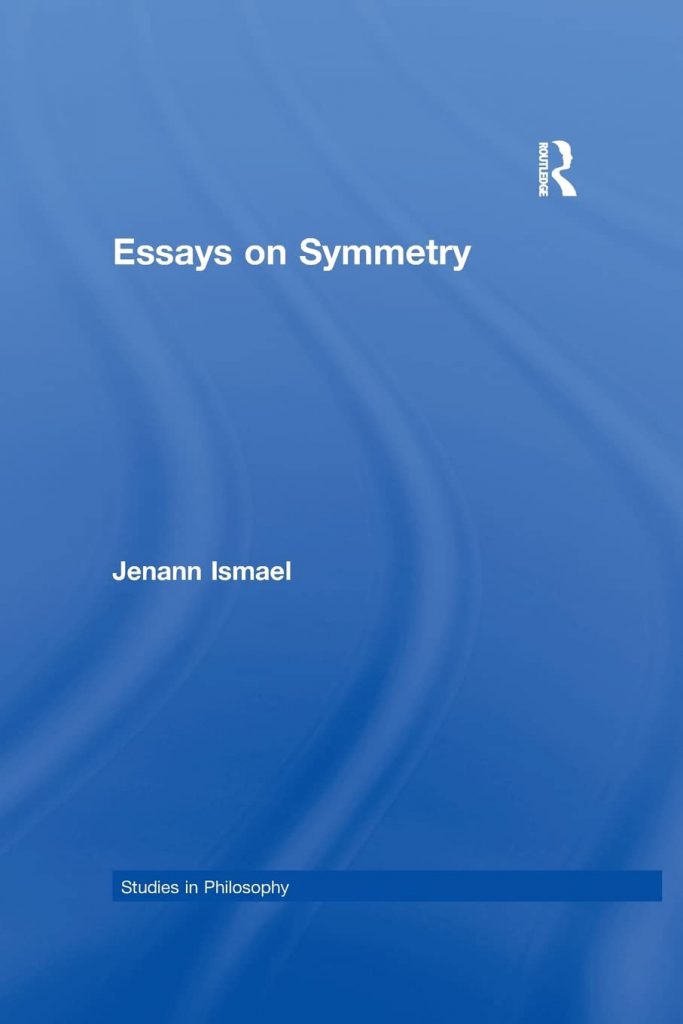Time: A Very Short Introduction
(2021, Oxford University Press)

Abstract
What is time? What does it mean for time to pass? Is it possible to travel in time? What is the difference between the past and future? Until the work of Newton, these questions were purely topics of philosophical speculation. Since then we’ve learned a great deal about time, and its study has moved from a subject of philosophical reflection to instead became part of the subject matter of physics.
This Very Short Introduction introduces readers to the current physical understanding of the direction of time, from the Second Law of Thermodynamics to the emergence of complexity and life. Jenann Ismael charts the line of development in physical theory from Newton, via Einstein’s Theory of Relativity, to the current day. Einstein’s innovations led to a vision of time very different from the familiar time of everyday sense. In this new vision, time is one of the dimensions in which the universe is extended alongside the spatial dimensions. The universe appears as a static block of events, in which there is no more a difference between past and future than there is between east and west. Discussing the controversy and philosophical confusion which surrounded the reception of this new vision, Ismael also covers the contemporary mixture of statistical mechanics, cognitive science, and phenomenology that point the way to reconciling the familiar time of everyday sense with the vision of time presented in Einstein’s theories.
Available at:
How Physics Makes Us Free
(2016, Oxford University Press)

Abstract
Can it really be that even while you toss and turn late at night in the throes of an important decision and it seems like the scales of fate hang in the balance, that your decision is a foregone conclusion? Can it really be that everything you have done and everything you ever will do is determined by facts that were in place long before you were born? This problem is one of the staples of philosophical discussion. And yet there is no topic that remains more unsettling, and less well understood.
The problem raises all kinds of questions: What does it mean to make a decision, and what does it mean to say that our actions are determined? What are laws of nature? What are causes? What sorts of things are we and how do we fit into the natural order? This book gives answers to these questions, from the point of view of a philosopher of physics. It argues that if we look at ourselves through the lenses of physics, employing notions of self and time and law and cause as they arise in that setting, the result is an abstract and somewhat alien vision, but one that is ultimately affirmative of most of what we all believe about our own freedom.
Available at:
Reviews
The Situated Self
(Oxford University Press, 2007,2009)

Abstract
There is a long tradition in philosophy, supported by powerfully persuasive arguments, that holds that selves resist incorporation into the natural order. The facts about our reflective view of ourselves that underwrite the philosophical arguments are closely related to the pressures that lead to the instinctive dualism of the man on the Clapham Omnibus. They include the intimacy of our reflexive awareness, its immunity to certain kinds of errors, the privacy and irreducible quality of our mental lives, the ability to separate oneself in imagination from all of one’s properties, and the simplicity and apparent unanalyzability of the self. The Situated Self is an attempt to gain some understanding of those pressures, to isolate them, and to see if they can be resolved.
Available at:
Additional Information
- Symposium on The Situated Self, Philosophy and Phenomenological Research, 82 (3), p. 733-748, 2011.
- Precis (precis, The Situated Self)
- Essays from Elijah Millgram (Symposium, Millgram), Huw Price (Symposium, Price), and Paul Teller (Symposium, Teller)
- Replies to Essays (Responses to Symposiasts)
Essays on Symmetry
(Garland Press, 2001)

Abstract
Structures of many different sorts arise in physics, e.g., the concrete structures of material bodies, the structure exemplified by the spatiotemporal configuration of a set of bodies, the structures of more abstract objects like states, state-spaces, laws, and so on. To each structure of any of these types there corresponds a set of transformations that map it onto itself. These are its symmetries. Increasingly ubiquitous in theoretical discussion in physics, the notion of symmetry is also at the root of some time-worn philosophical debates. Essays on Symmetry consists of a set of essays on overlapping topics drawn from both fields, drawing connections that aim to case light on both sides. The first is an elementary and informal introduction to the mathematics of symmetry. The second is a discussion and defense of a famous principle of Pierre Curie that states that the symmetries of a cause are always symmetries of its effect. The third essay takes up the case of refection in space in the context of a controversy stemming from Kant’s attempt to prove that space is a substance on the basis of the observation that certain material objects cannot be brought into coincidence with their images under reflection by any continuous rigid motion. The fourth essay considers the case of reflection in time. The theoretical strategy followed by statistical mechanics accommodating the temporally asymmetric phenomena which fall under the Second Law of Thermodynamics to the temporally symmetric classical dynamical laws is used to make some very general points about the relationship between the symmetries of laws and the symmetries of their solutions. The long fifth essay articulates a view about the nature of scientific theorizing, one that is suggested by the abstract mathematical perspective encouraged by attention to symmetries.
